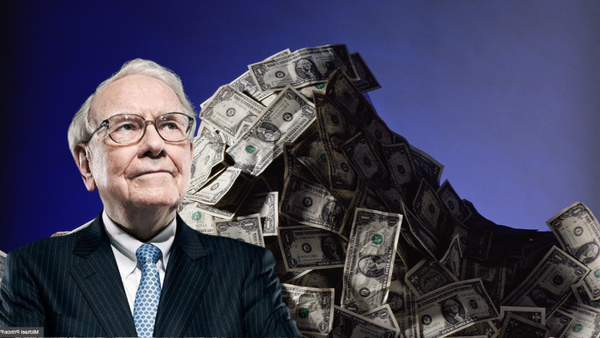From MTV to Mammograms: Unexpected Lessons in Risk Management

In 2020, former MTV VJ Ananda Lewis announced that she had stage 3 breast cancer.
She discovered the tumor during a self-examination not through a regularly scheduled mammogram. She revealed after her diagnosis that she had actively avoided mammograms, despite having a family history of breast cancer. Her reason? She believed that the radiation from the mammograms could cause cancer.
She refused her doctor’s recommendation to have a mastectomy. Instead, she pursued homeopathic remedies to remove the excess toxins in her body. Sadly and predictably Ms. Lewis recently announced she has stage 4 cancer.
Your initial reaction is probably like mine, incredulity.
The American Cancer Society estimates that the average risk of a woman in the United States developing breast cancer in her lifetime is about 13%. This is significantly higher than the risk of developing cancer from mammogram radiation, which is extremely low.
How can someone let the fear of radiation from mammograms - a relatively low risk - lead to avoiding a crucial screening tool, resulting in a delayed diagnosis of a much more serious condition?
But we all do it. We all misplace our fears and ignore bigger risks.
The fear of a shark attack can keep people out of the ocean but not the more likely danger of drowning. We worry more about nuclear power plants and their potential radiation rather than the daily radiation from the sun. Chernobyl is the greatest nuclear power disaster but only 46 deaths are directly tied to the incident. UV radiation is responsible for over 90% of all skin cancers. In 2023, 186,680 people in the U.S. were diagnosed with Melanoma and 7,990 people died from it.
Biggest Investing Fear
What's the biggest fear for investors?
A stock market crash.
How often does this fear keep investors sitting on too much cash, missing out on stock market gains?
From a purely statistical standpoint, the odds of a stock market crash are surprisingly low. Vanguard calculated the probability of a market crash—defined as a decline greater than 33%—at approximately 2% in any given year.
The real risk often overlooked is inflation—the silent erosion of your purchasing power.
If a market crash is like Chernobyl—a terrifying but low-probability event—then inflation is like radiation from the sun: an ever-present risk we ignore until it's too late.
The long-term average inflation rate is 3.22% per year. At this rate, the purchasing power of your money declines annually by 3.22%. Put another way, $100,000 would lose half its value in just 21 years.
The best "inflation sunscreen" is investing in high-quality businesses. These companies can raise prices to match inflation, helping maintain your purchasing power over time. Even better, a high-quality business that's increasing sales, improving margins, and widening its competitive moat can grow faster than inflation, potentially increasing your purchasing power. Moreover, a high-quality business that generates free cash flow and returns it to shareholders via ever-increasing dividends can help you combat inflation through regular "pay raises".
No one can predict when the market will sell off. Therefore, worrying about daily market fluctuations and potential crashes is generally wasted energy.
Instead, play the odds and focus on investing in high-quality businesses. Over time, this approach should provide you with the best inflation protection for your portfolio.




